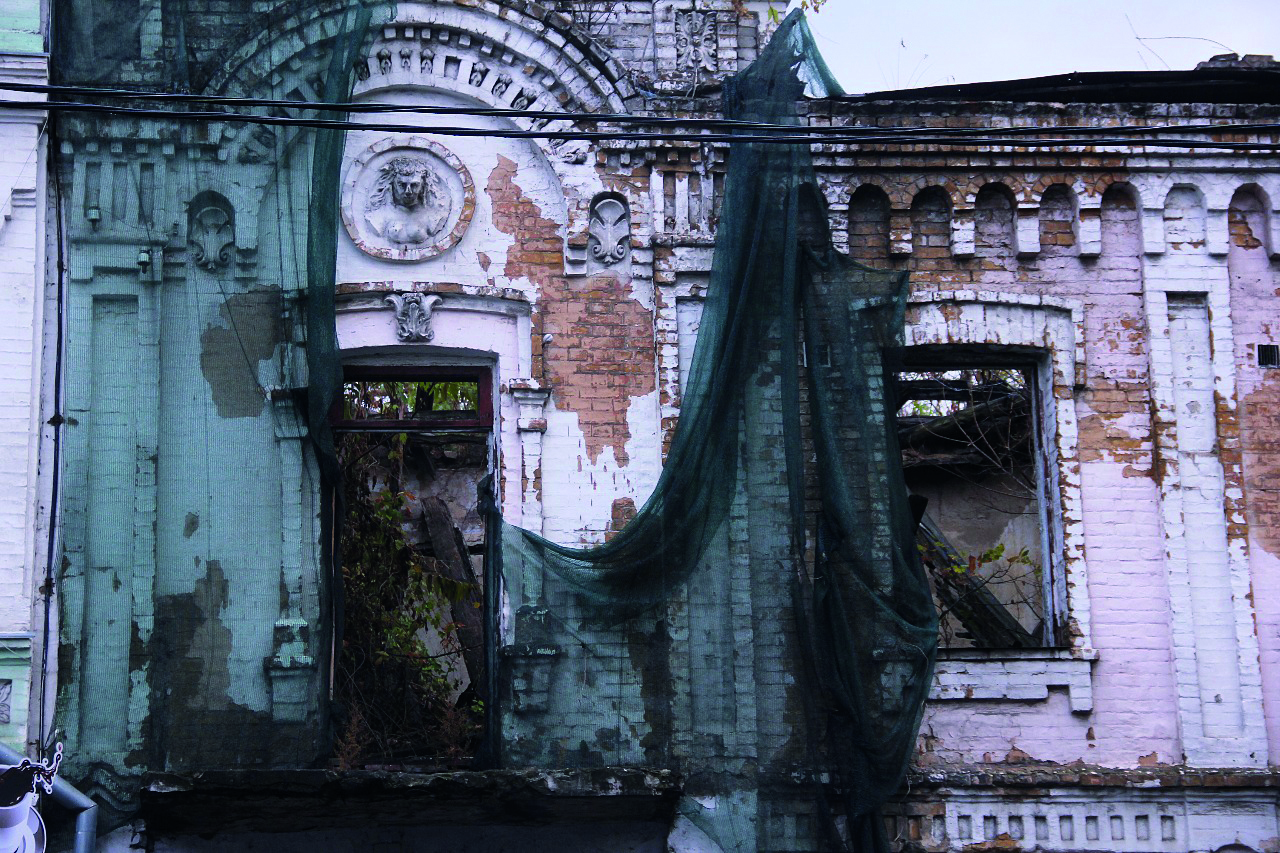Fashionable Sustainability

The new trend
Though not as popular in Ukraine, sustainability is quite the trend in Western Europe and in England in particular: up-and-coming fashion designers, architects, interior designers, and other professionals at various creative industries aim to produce cutting-edge fashion pieces of good quality so they can be around for a good long time.
When it comes to the world of fashion, Brit Stella McCartney is a pioneer of eco-friendly fashion design. Designing clothes under her name-brand, she used things like eco-friendly viscose – fabrics made of cellulose, extracted from wood planted exclusively for the textile industry. When forests are cut down, they are replanted, so as not to damage the oxygen and carbon dioxide balance.
The UA Reality
We here in Ukraine still have a long way to go in the direction of sustainability, but we heading in the right direction and that’s good news. Awareness regarding new this trend in UA is still fairly limited, but there are a number of emerging designers who continue spreading the word about the importance of sustainable-fashion.
At hand-tailored fashion brand #LOVE, we try to ensure our clients know the terms, such as “organic cotton”, when they are buying. For example, did you know that the production of one cotton blouse requires 2 700 litres of water and 150 grams of pesticide. Overuse of water on cotton plantations and the use of pesticides can lead to casualties, which is becoming more and more common in the textile industry. Organic cotton is one answer.

Clothing as Investment
Kyiv is definitely on its way to becoming a fully-fledged European city and its millennials are getting more and more into fashion. Clothes are seen as a sort of investment – no one wants or perhaps can afford to buy a new wardrobe every season from scratch, which is one of the biggest reasons fast fashion is being replaced by slow fashion. What’s the difference?
Fast fashion is a brand philosophy that follows cheap production, cutting-edge trends that often go out of trend next season, and cheap synthetics treated as fabrics. Slow fashion is far more concerned with ethical production as well as high-quality and long-lasting trends. Sustainable production also means higher salaries for sewing staff as well as socially responsible policies and paper packaging.
The subject of sustainability is currently a big topic of conversation with fashion magazines. Just last year, British fashion journalist with Vogue Harriet Quick produced a substantial piece on the Soviet aesthetic, a look highly in fashion these days. While beautifully yet elusively touching on this short-term trend, her take home was that
being feminine and classy would always be “en vogue”, and that should be the goal.
It’s one of the reasons, at #LOVE, we believe if you want to invest in a cutting-edge piece of fashion, do it with an outstanding pattern that reflects a brand’s design, or invest in a classic silhouette. For example, when the oversized Soviet-style jean jacket started becoming finding its way into collections around the map, #LOVE came up with its own jean bomber jacket, and clients were able to take home a good and sustainable fashion investment for seasons to come.

Not Only About $$
Why it is important to buy fashion that does not go out of trend the next season? It’s not only about the money. Though this is also important in today’s current financial environment here in Ukraine and certainly in recessions globally. But it’s also about being conscious of the planet we live on. The amount of cheap fashion we buy and then easily let go of is a huge environmental problem. According to statistics, 7 million tons of clothes are thrown out annually, and only 12% of that waste is being recycled or reused. The values and story behind a brand are so important – more on this to come.
The lesson? Learn before you buy. Awareness is also a cool trend.











